
Like A Dragon Gaiden: The Man Who Erased His Name Review
Like A Dragon Gaiden: The Man Who Erased His Name exists in an odd space. Due to the nature of its core premise, this review will contain minor spoilers for Yakuza 6: The Song of Life and Yakuza: Like A Dragon. The events that transpire in Like A Dragon Gaiden immediately follow up on Kazuma Kiryu’s story after the finale of Yakuza 6, so be aware that Like A Dragon Gaiden expects incoming players to be already familiar with Kiryu’s current circumstances at the end of that entry in the Yakuza / Like A Dragon franchise.
The Man Who Erased His Name is a game that primarily serves to connect the dots for invested fans who have faithfully followed Kiryu’s saga over the years. His sudden appearance in Yakuza: Like A Dragon made little to no sense narratively based on how Yakuza 6 ended. Like A Dragon Gaiden now provides a thorough explanation for his reemergence in Yakuza: Like A Dragon.
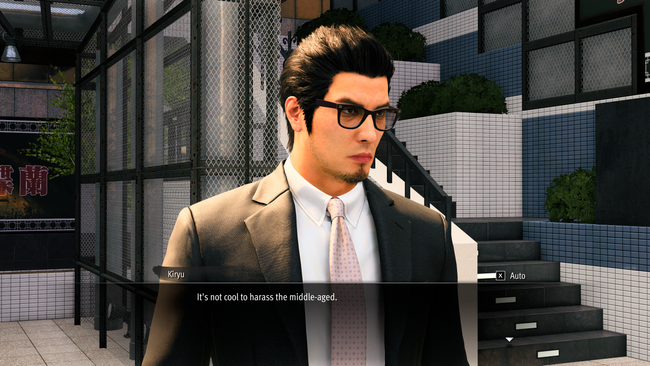
I feel torn on Like A Dragon Gaiden. It is a welcome momentary return to the beat ‘em up brawler style, rather than the turn-based transformation it’s undergoing with Yakuza: Like A Dragon and Like A Dragon: Infinite Wealth. Yet, I can’t shake off how relatively thin its plot elements are compared to past installments - and this is further padded out by how often the main storyline asks players to reach certain thresholds in its side content to proceed onward.
This normally isn’t something that bothers me in other games because they usually give a decent narrative reason to shift my focus elsewhere temporarily. The new Akame Network function in Like A Dragon Gaiden, on the other hand, is an arbitrary system that levels up through small NPC requests, side activities, and substories; sometimes, it has to reach a specific level to move the story forward for no compelling reason whatsoever.
Before delving too deep into this rabbit hole, let’s set the stage on what Kiryu is up to in Like A Dragon Gaiden first. After faking his death at the end of Yakuza 6, Kiryu now works for the enigmatic Daidoji faction under the codename Joryu. His new masters are currently blackmailing him to do their bidding; if he fails to cooperate, they’ll harm the kids in the Morning Glory Orphanage that he previously established.
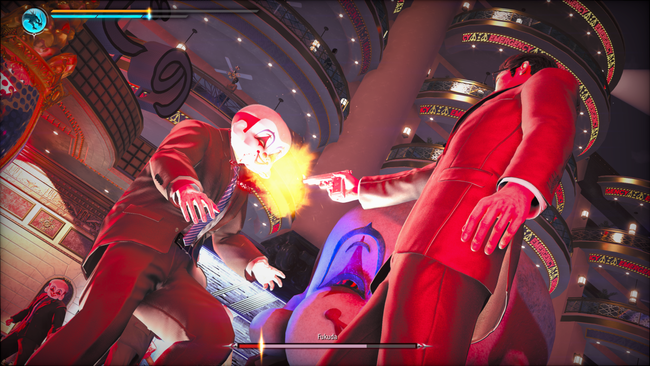
It isn’t long before Kiryu’s past catches up with him. Certain people in the Omi Alliance, the long-established rival group of the Tojo Clan, aren’t as easily convinced that the legendary Dragon of Dojima is dead. They’re seeking him out for a specific purpose and if you’ve played Yakuza: Like A Dragon, you already know why.
The vast majority of Like A Dragon Gaiden takes place between Sotenbori and a secret entertainment district located on an offshore platform - the Castle. Its main story feels shorter than even the smallest mainline Yakuza titles. Sticking strictly to the plot would probably only last under ten hours. Those who don’t mind a slimmer narrative in exchange for a healthy amount of side activities are in for a treat, because that’s where the meat of Like A Dragon Gaiden lies.
Of course, the usual mainstay suspects are there with darts, golf, pool, gambling, the arcade, and so on. Cabaret club interactions are now entirely in FMV - instead of in-game models for the ladies, real video footage of the actresses is employed for these scenes now. Yakuza 6 previously had FMVs for its smaller live chat interactions, but Like A Dragon Gaiden has expanded it in a substantial manner.

Like A Dragon Gaiden also brought back the fan-favorite Pocket Circuit minigame from Yakuza 0 and Yakuza Kiwami. Players can buy and find parts to customize every part of their pocket racer to suit the conditions of the race track. Its mechanics are pretty much identical to its prior incarnations. People will have to properly manage their limited boosts and energy to stay on the track or risk flying off entirely. Good ol’ Pocket Circuit.
Perhaps the main attraction in Like A Dragon Gaiden’s side content line-up is the Coliseum at the Castle. Players climb up the ranks (sometimes it’s mandated to progress the story) onto more challenging fights and receive a hefty sum of money as a reward. There are the standard 1-on-1 matches and brawling against a group of enemies; sometimes there’s a time limit placed on them.
There are special Hell Team Rumble fights in the Coliseum as well, which is a tad reminiscent of the Clan Battle feature from Yakuza 6; it’s much more involved, though. Players recruit NPCs into the Joryu Clan by paying scouters to look for some and several are rewarded through completing specific substories. The people who join up are assigned one of the classic roles - tank, DPS, or support.
Hell Team Rumbles place a limit on how many clan members can aid Kiryu in these chaotic fights - usually up to 4, but higher-ranked fights bump that limit to 10. Unlike the hands-off nature of Clan Battles in the past, people can now directly take control of Kiryu alongside their clan members. The others will do a fairly good job standing their ground and fending off foes. Players can issue an Order when the meter for it fills up to provide a temporary buff to their entire squad. Clan members all have their own individual levels that only provide stat boosts; there are no learnable skills for them.
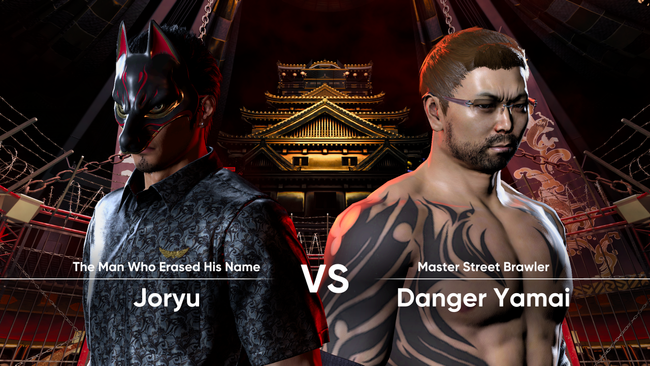
The most fascinating aspect about the Coliseum in Like A Dragon Gaiden is that… the other clan members can be directly controlled too. When selecting any Coliseum fight, people are given the option to choose a character to bring into it. In prior Yakuza entries, controlling different characters was reserved for games that had multiple protagonists and perspectives that contributed to the overall plotline. There has never been an entry that allowed players to directly control random grunts briefly for side content.
This comes with a caveat, though. Their capabilities are far less fleshed out than what Kiryu can do. They do not have access to Heat Actions, and their moveset is incredibly basic. Some Joryu Clan members do have a fun gimmick to them, such as using a weapon with infinite durability. Their single-bar Heat Gauges are only to activate their “role action” - healers do a burst heal, DPS do a single powerful attack, and such. Role actions can be improved by raising the bond level of a clan member through repeatedly deploying them or feeding them items that raise it.
While this is a conceptually neat aspect, its novelty wears off fast because Kiryu has no arbitrary system limitations that the other characters do. It’s a bit of a shame because some recruitable clan members have been playable in other RGG Studio-developed games, yet they’re also bound by the same restrictions as other non-Kiryu characters.
Larger Hell Team Rumble fights exemplify one of the most noticeable factors in Like A Dragon Gaiden’s fights - enemy density is remarkably higher when compared to past installments. Some of the busiest fights in The Man Who Erased His Name throw dozens upon dozens of enemies on-screen at once, which kind of blew me away as someone who has walked alongside this franchise technologically with each new release.

Kiryu still retains the familiar tried-and-true Yakuza style of fighting that features his standard brawler moveset from many previous entries. The first few hours of Like A Dragon Gaiden force players to explore his brand-new way of fighting before bringing his yakuza roots back into the mix with the Agent style. Agent is one of the fastest attacking styles that Kiryu has ever had; it’s not too far off from how quickly Takayuki Yagami fights in the sister Judgment series. It emphasizes rapid blows into lengthy combo strings.
The primary component that sets Agent apart from any other fighting style that Kiryu has ever had is the handful of hi-tech gadgets that Kiryu can use while in the style. They’re the Spider wire, the Hornet drones, the Firefly exploding cigarette, and the Serpent rocket boots. To offset the heightened enemy density in Like A Dragon Gaiden, the gadgets are tailor-made to provide Kiryu with better crowd control capabilities.
Shooting out the Spider wire towards foes strangles them, and they can either be flung off in another direction or right towards Kiryu’s fists. These wires can even be quickly fired during a melee combo to ground-bounce thugs into an even longer combo string. Hornet drones provide a brief distraction as they ram into enemies to bug them. The ridiculous Firefly makes smoking even deadlier as they arm a cigarette with a brief countdown into a huge explosion, while the Serpent rocket boots allow Kiryu to zoom through the battlefield with ease.
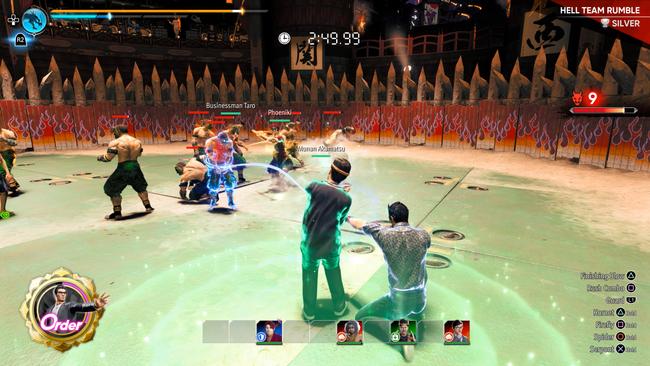
All of these nifty gadgets are upgradeable, so more of them can be deployed at once or last longer - whichever is applicable. The wire is the most utilitarian of the bunch, since it can even pick up faraway environmental objects for Kiryu.
Though they can be used separately, the Agent style’s gadgets shine together. For instance, throwing down three Fireflies to set up a chained explosion as several unfortunate thugs are rendered immobile near them with Spider wires. Several new Heat actions heighten their absurdity in a delightful manner. While Agent wasn’t my go-to fighting style for bosses, it was a nice change of pace from Kiryu’s usual way of dealing with things.
One of the smaller gameplay additions in Like A Dragon Gaiden stems from the Judgment series. Kiryu can execute an Ultimate Counter with a well-timed dodge from an incoming powerful choreographed attack from a boss or elite enemy in an enraged state, which is similar to the Mortal Reversal found in Lost Judgment.
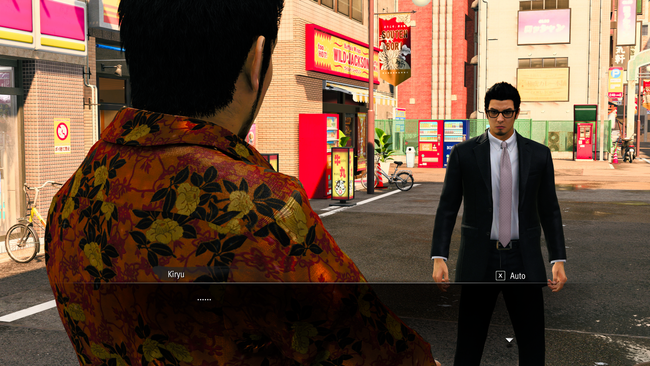
Another returning gameplay element is gear. Kiryu can equip up to four pieces of gear to enhance his attack and defense; a lot of enemies bring knives, swords, and firearms into the fold often, so there are dedicated stats to reduce damage from these types of weapons even further. Several status ailments, such as bleed and stun, are important to consider too, so gear allows players an avenue to resist them.
As I mentioned earlier, Like A Dragon Gaiden’s side activities are now governed by a feature called the Akame Network. Early on, Kiryu meets a young woman named Akame; she’s a self-proclaimed “jack-of-all-trades” fixer who primarily assists Sotenbori’s homeless population, but has since expanded her operations to dip into the criminal underworld as well.
Lots of marked NPCs will show up on the map to indicate they have a request for Akame. Most of these are fairly simple, whether it’s retrieving a lost item up above with the Spider wire, giving them a consumable, or beating up the punks messing with them. They’ll reward Kiryu with money, Akame Points, and experience that feeds into the Akame Network bar.
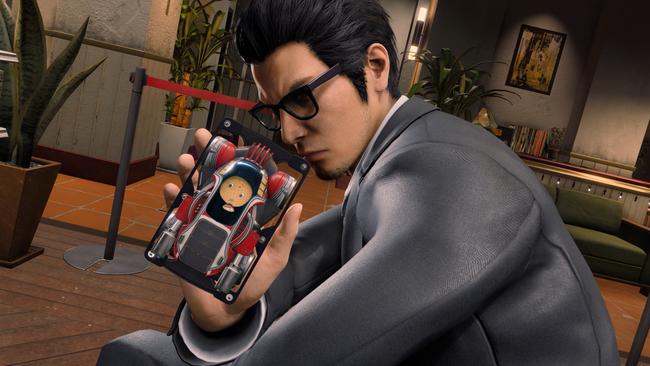
Accomplishing in-game achievements, like eating all the food in a restaurant or reaching a milestone in Pocket Circuit for example, also feeds into it. Substories are unlocked via the Akame Network too; players now select substories from a list to start them. The bulk of Akame Points are obtained by completing them.
The Akame Network serves several gameplay functions. First, the vast majority of Kiryu’s upgrades require Akame Points along with vast sums of money. New substories and new items in the Akame Shop are unlocked as it levels up. Players learn more about Akame’s background through Drink Link conversations with her at later Akame Network levels. Kiryu can even choose how he responds in these exchanges, though the different dialogue options merely change the flow of the conversation slightly rather than provide anything substantial on a gameplay level.
Most importantly, some parts of the main story are gated until the Akame Network is at a certain level. Reaching the required level is fairly trivial, yet it just adds to the feeling of needless padding. This is further reinforced by the game often delaying story events to go engage in relatively minor errands.
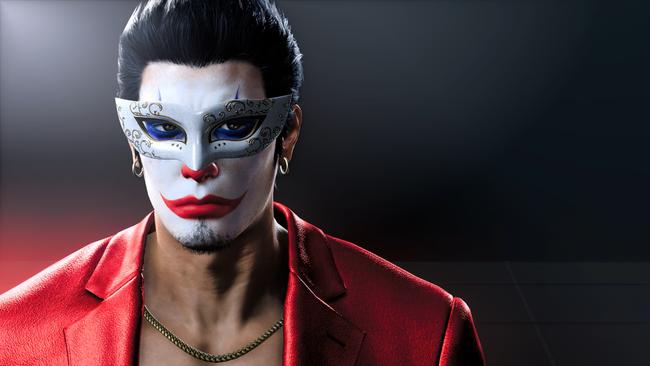
Those who have wanted to dress up Kiryu from top to bottom in an official, expansive capacity are getting served well in Like A Dragon Gaiden. Fashion enthusiasts can set up numerous alternative attires for Kiryu both for casual wear and the Coliseum fights. A vast amount of fashion items can be bought within shops and several Akame Network requests ask for Kiryu to be dressed up in a certain way to fulfill them.
I think The Man Who Erased His Name is a solid entry that’s mostly bogged down by the circumstances it finds itself in. It has a predictable goalpost because it has to tell the events of why Kiryu showed up the way he did in Yakuza: Like A Dragon. We know that this isn’t his final rodeo because he’ll be in Like A Dragon: Infinite Wealth, though Like A Dragon Gaiden may potentially be the last solo Kiryu beat ‘em up game in the series.
All the new characters that are involved with Kiryu this time around are pretty compelling in their own way, but I have to admit some of their motivations in specific plot twists are baffling. Like A Dragon Gaiden does land firmly on its feet by the end with a spectacular final showdown. A key ending segment contains one of the hardest-hitting emotional scenes in the entire saga of Kazuma Kiryu.
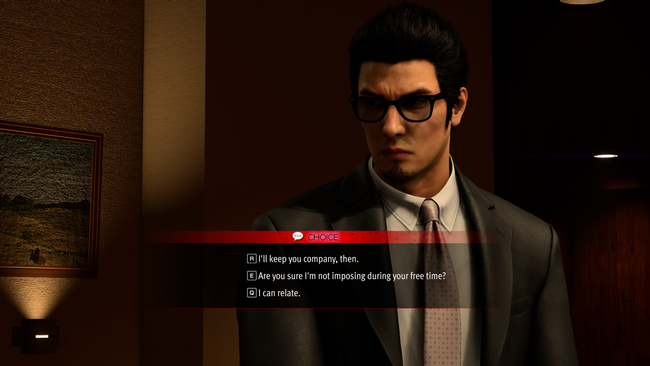
If there was a succinct way to sum up Like A Dragon Gaiden: The Man Who Erased His Name, it’d be a celebration of Kiryu’s legacy. There are subtle callbacks of his past adventures that don’t intrude on the central themes and internal struggles that he faces as the title connects the past to the present. While it may not be his grandest adventure, Like A Dragon Gaiden sets an important milestone for the Dragon of Dojima. We’ll meet him again in Like A Dragon: Infinite Wealth, but Gaiden establishes an essential foundation and roadmap in what’s next for this legendary character.